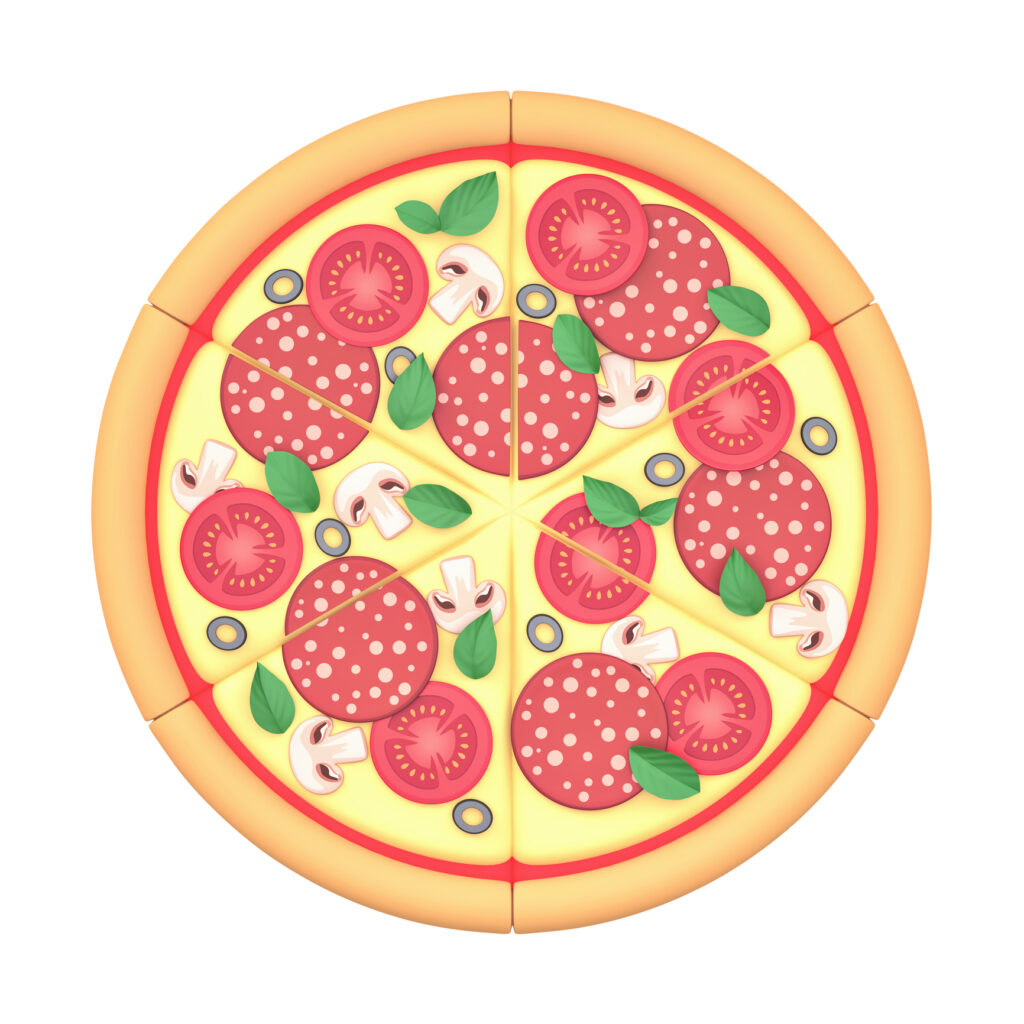
Grades 9-12
Happy EconEdMonth! Celebrate economics all month long by visiting EconEdMonth.org

Don't have an account yet? Sign up for free
Don't have an account yet? Sign up for free


Everyone has at one time or another opened a lemonade or Kool-Aid Stand. What a great place to begin an economics lesson. Students can taste test three brands of lemonade and compare prices with taste – is the most expensive the best? Using a reader’s theater students will construct a supply and demand schedule and can create a bar or line graph to demonstrate market interaction between buyers and sellers.
 Have you ever thought about setting up your own lemonade stand on a hot day? Did you hope it would make enough money so that you could have some pocket change or buy something special? Did you do any research on what lemonade brand people liked? Or what would be a good price to charge?
Have you ever thought about setting up your own lemonade stand on a hot day? Did you hope it would make enough money so that you could have some pocket change or buy something special? Did you do any research on what lemonade brand people liked? Or what would be a good price to charge?
Do you know where lemons came from? Where in the world they are grown? How many lemons can grow on a single tree? A great "from scratch" lemonade recipe?
In this lesson you will:
History
Have the students read "The Lemon Story." "The Lemon Story" describes where lemons come from. The information in this story may help student with the Lemon Puzzler later on in this lesson.
 Taste Testing
Taste Testing
Max’s Dilemma

As a treat try this wonderful lemonade recipe.
Reinforce the concepts of supply and demand as related to independent decisions made by producers and consumers. When they come together to form a market, they negotiate a price and a quantity of goods or services to be exchanged.
Check out the cool https://www.sunkist.com/ web site.
Try out the Lemon Puzzler.
[1. California, 2. Arizona, 3. Florida, 4. Sunlight and warm temperatures, 5. Both are evergreen trees.]

Grades 9-12

Grades 9-12

Grades 6-8, 9-12

Grades 9-12
